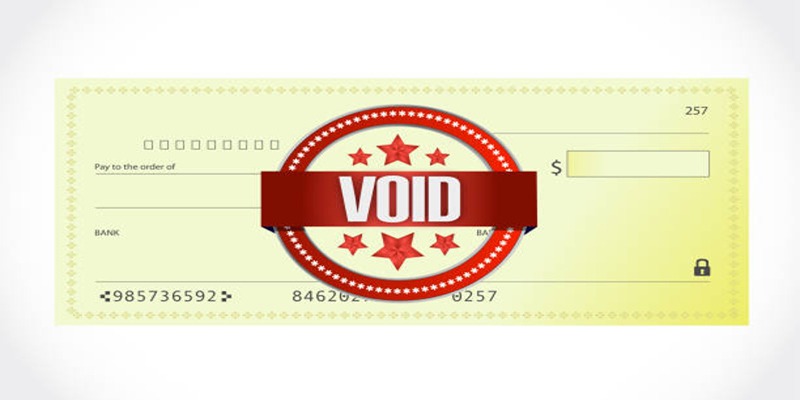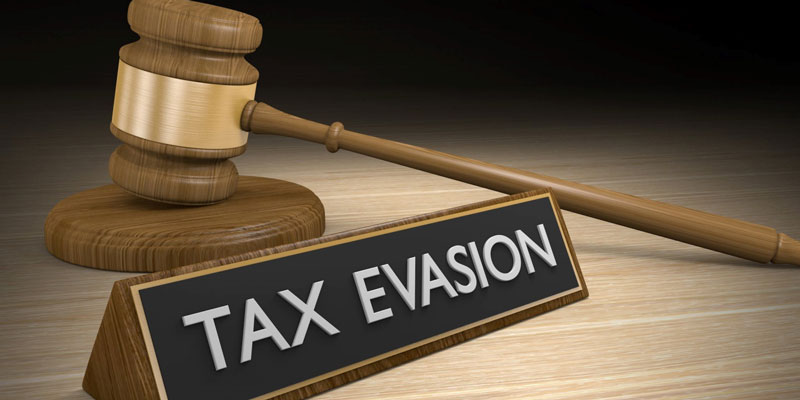Methods for Deciding on the Best Retirement Savings Plan
Jan 06, 2024 By Triston Martin
You may invest long-term savings for various goals, including retirement, education, and significant expenditures. Retirement funds may be used for large, once-off purchases and the day-to-day expenditures of life once you've stopped working.
You can make a better-informed choice about where to put your money by comparing several long-term savings account alternatives, including their interest rates, possible returns, fees, and more. Before opening one, you should weigh your options and choose which savings account is best for you.
What Is A Long-Term Saving Account?

The money you won't need anytime soon should be put into a long-term savings account. They differ from bank and savings accounts that you can use to put money aside for immediate expenditures like paying bills or funding a one-time event like a vacation or wedding.
Any bank, credit union, or another form of formalized saving is acceptable for a long-term savings account. Monthly fees, withdrawal restrictions or penalties, and other terms and conditions may all be part of the fine print for some accounts.
Long-term savings accounts allow you to take advantage of compound interest and are best suited for goals that are many months or years away. The longer your savings period, the more time interest accumulates on your money.
Does Anyone Require a Retirement Fund?

Practically everybody who wants to get the most out of money they aren't planning to spend anytime soon would profit from opening a savings account with a longer term. Let's use the goal of a future house purchase as an illustration.
You may save up for a down payment and receive interest on your money in interest-bearing savings account until you're ready to make a purchase. When you reach retirement age, you may also benefit from your long-term savings.
Having a variety of long-term savings accounts allows you to spread your income. Also, depending on the kind of account, you may be able to defer taxes on deposits or withdrawals.
Varieties of Retirement Funds
Knowing how various long-term savings accounts stack up against one another is helpful. To choose the best long-term savings account, consider the interest you may receive, any fees you could incur, and any tax or withdrawal requirements that may apply.
Premium Savings Accounts
You can obtain better returns on your money with a high-yield savings account than you would with a regular savings account. While high-yield accounts may be available at traditional financial institutions like banks and credit unions, internet banks often provide more competitive rates to depositors.
This is because internet banks often have reduced administrative expenses, allowing them to offer more excellent interest rates. You may be able to keep more of the income you earn with a high-yield savings account from an online bank because of the lower fees they may impose.
Term Deposit Certificates
CDs are like time banks. A long-term savings account pays interest on the money you deposit after a certain time has passed. You will get back your initial investment plus interest when the CD matures. The standard term for a CD is 90 days, while shorter durations of 30 days or less are also available.
Though, there are many whose contracts go on for a whole decade. An increased interest rate and annual percentage yield (APY) are familiar with lengthier CD terms. When picking a CD, it's essential to look at the interest rates offered by many institutions.
Effective Strategies for Long-Term Savings
There are a few things to keep in mind if you're utilizing a long-term savings account to prepare for the future:
- Examine a variety of CDs and savings accounts to help you get the most excellent rate for your money.
- The early withdrawal fee may completely negate whatever interest you've accrued.
- Rates on savings accounts and certificates of deposit (CDs) can change up and down. The risk of interest rate fluctuations can be mitigated by spreading your funds out over many accounts.
The Bottom Line
Money put away for several years or decades might earn compound interest in a long-term savings account. Contributions and distributions from some accounts, such as an Individual Retirement Account (IRA) or a 401(k), may be exempt from taxation.
Having money set aside for immediate financial needs is a prerequisite to saving for the long term. The next step is to look into your long-term savings alternatives and compare their rates, fees, and penalties to pick the one that gives you the most return.

What is the Effect of Background Check on Your Credit Score?

Simplifying Direct Deposit: How to Write a Voided Check

AI Powerhouses of 2024: 8 Companies Driving Innovation

tax implications of stock trading

The 4 Most Effective Apps For Saving Cash In 2022

Credit Cards Annual Fee

How Your Credit Cards Can Help During a Recession

An In-Depth Look at Lex Levinrad's Strategies: 2024 Review

The Best Options Besides Traditional Savings Accounts

